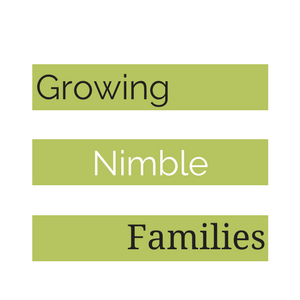Here is the fourth in a series of articles written by the talented Elaine, an Occupational therapist from littlesheeplearning.co.uk. Elaine also writes a blog that has news from Littlesheep Learning and the wider world of education and learning. She’s also featured in the free play-activities.com daily play activity emails.
Missed articles? See links below
[tag]Sensory play[/tag] an introduction
Sound play is rarely thought about as a specific sensory play activity, although hearing is a frequently stimulated sense. Listening skills are also very important to learn as they have an impact on all areas of learning and communication. Many toys for young children feature music and other various sounds. Music is extremely important for children and many learn best when a concept is set to music.
Music can encourage motor skills development as children learn to dance and to keep a beat. Listening to music is an easy sensory activity. Very young children will enjoy waving their arms and legs when listening to music and older children will choreograph more complex dance routines. You can use music at different volumes and music of different tempos and genres to create all sorts of different effects. When listening to music, can the children pick out the different instruments? Whale music or rainforest music or similar nature sounds are also good for listening to before bed or at rest times to promote relaxation.
Singing songs is also an easy sensory activity, and your child really will not mind if you are in tune or not! Children can learn concepts easily through songs and there are songs for everything! There are animal noise songs, for example Old MacDonald had a farm; counting songs, for example 1, 2, 3, 4, 5 Once I caught a fish alive; the alphabet song; songs about colours, shapes, vehicles, and much more.
A great sound sensory activity is a homemade orchestra – so make musical instruments with your child. Simple shakers can be made by filling a plastic bottle with rice, lentils or dried peas. A serving spoon on a string struck by another spoon is like a triangle. A plastic box covered with greaseproof paper can make a drum (or even just use the empty box itself). A empty tissue box with elastic bands stretched over the hole can make a guitar. Older children can experiment with a series of jars with different amounts of water in to listed to the different pitches, or different lengths of copper piping hung up.
Go on a listening walk – what can you hear? Can you hear traffic? A police car? A fire engine? The beeping of the pedestrian crossing? A dog barking or a bird singing? Maybe write a sound shopping list for your walk and see if you can hear everything on it. Go for a walk in the countryside, in the town and by the sea – are the sounds the same or different?
Sound lotto games, for example the Soundtracks lotto and the Orchard Toys games Crash Bang Wallop and Cock-a-doodle Moo, are excellent for developing careful listening skills.
You can also make your own sound matching game by filling small (non see through) pots with small objects for example, coins, gravel, marbles, sand, rice, paper clips, buttons, dried peas etc (making at least two of each) and sealing them securely. Shake the pots and see which ones sound the same.
These are just a few of the many different ways that sound can be incorporated into sensory play. Make sure that when planning sensory play activities you include a mixture of making noise and listening activities as these are just as important!
Elaine Lambe
Educational consultant
Elaine trained as an Occupational Therapist before working with children with autism on home based early intervention programmes. Through her work in the home she helped parents to support their child’s learning, implemented behaviour plans and assisted with teaching self help skills for example toilet training, self-feeding and dressing. She has also had experience of supporting children with special educational needs in mainstream schools, adapting the curriculum to make it accessible to them. After the birth of her first child, Elaine started Littlesheep Learning – www.littlesheep-learning.co.uk – an online store with an ever-growing range of teaching and learning materials for everyone who wants to help their children reach their potential.











Hello! What a fantastic site! Glad that I have found you. Your ideas are great! I like the
“Autumnal Sensory Play!” I love to garden and share gardening with my great-niece. Please put us in your contest. Thanks very much…..Cindi